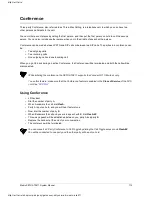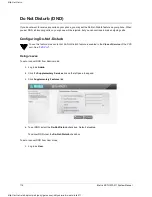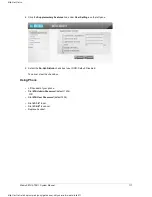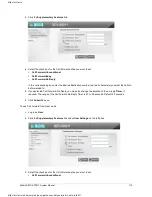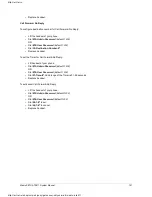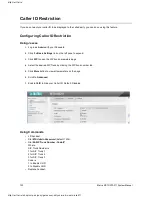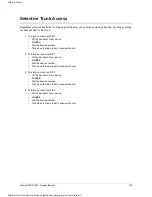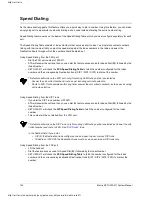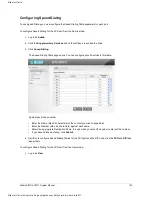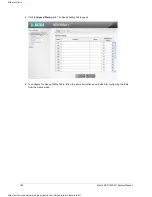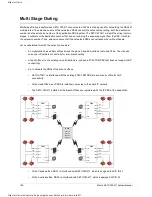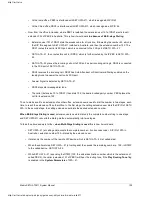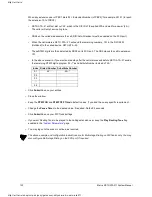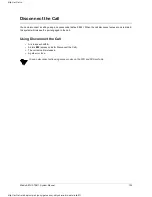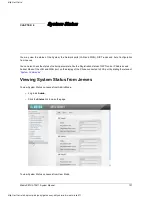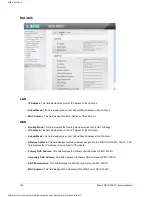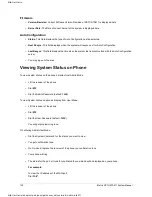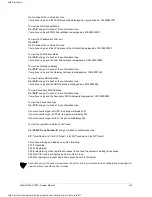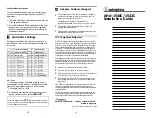
Matrix SETU ATA211 System Manual
129
•
At the India office, PBX3 is interfaced with SETU ATA211, which is assigned SIP ID 23.
•
At the China office, PBX4 is interfaced with SETU ATA211, which is assigned a SIP ID 24.
•
Now, from the office in Canada, where PBX1 is installed, the extension user 101 of PBX1 wants to call
extension 102 of PBX2 in Australia. This is how it would work
in absence of Multi-stage Dialing
:
•
Extension user 101 of PBX1 dials the access code for a trunk line, followed by the number 22, which is
the SIP ID assigned to SETU ATA211 installed in Australia, and then the extension number 102. The
PBX1 routes this call to its FXO port which is connected to the FXS port of SETU ATA - 21.
•
SETU ATA - 21, then routes this call to IP-PBX, which is further routed by the IP-PBX to SETU ATA -
22.
•
SETU ATA - 22 places the incoming call on its FXS port as per incoming call logic. PBX2 is connected
to the FXS port of SETU ATA -22.
•
PBX2 receives the incoming call. PBX2 has Auto-Attendant or Direct Inward Dialing enabled on the
landing trunk to answer the call on its FXO port.
•
Answer Signal is detected by SETU ATA -21.
•
PBX2 plays dial message/dial tone.
•
The caller (Extension 101 of PBX1) then dials 102, the desired called party number. PBX2 places the
call to its extension,102.
Thus, to make a call to an extension of another office, extension users need to dial the number in two stages, each
time, to reach the extension of the other office. In the first stage, the calling extension user dials the SIP ID of SETU
ATA. In the second stage, the calling extension user dials the desired extension number.
When Multi-Stage Dialing is used
, extension users need to dial only the complete number string in one stage,
and SETU ATA211 converts the dialing method automatically into two stages.
To take the above example further,
when Multi-Stage Dialing is used
this is how it would work,
•
SETU ATA -21 (at calling end) accepts the complete number—trunk access code + SIP ID of ATA in
Aus extention number 102—dialed by the extension user.
•
It dials only the number of the remote SIP device, which is SETU ATA - 22 (at called side).
•
When the call matures, SETU ATA - 21 (at calling end) then sends the remaining numbers - 102 - in DTMF
to the called device, SETU ATA -22.
•
While SETU ATA - 21 is sending the DTMF (102, the actual destination number which is the extension of
called PBX 2), the caller (extension 101 of PBX1) will hear the routing tone, if the
Play Routing Tone
flag
is enabled in the
System Parameters
of ATA - 21.
http://arttel.ru
http://arttel.ru/shop/voip-shlyuzy/golosovoj-shlyuz-matrix-setu-ata211

